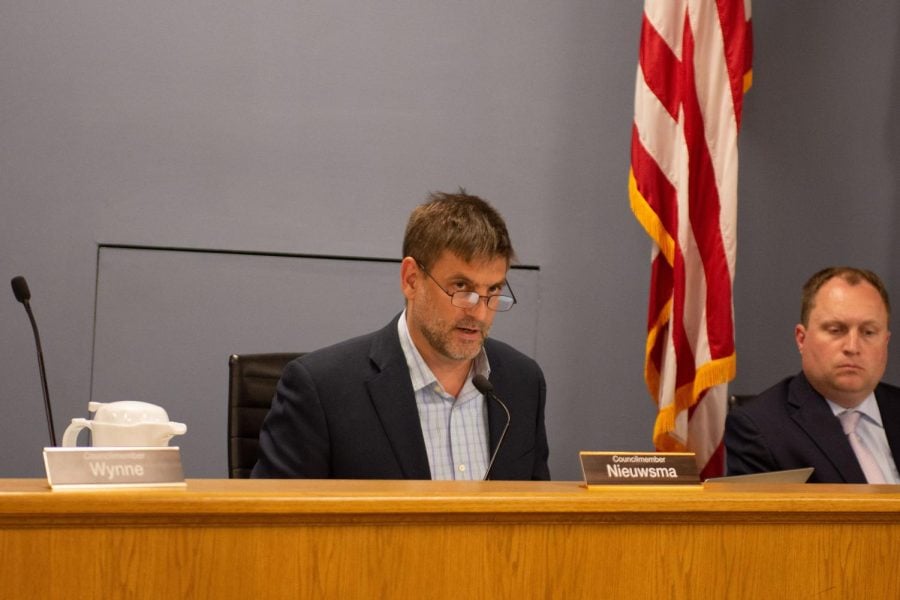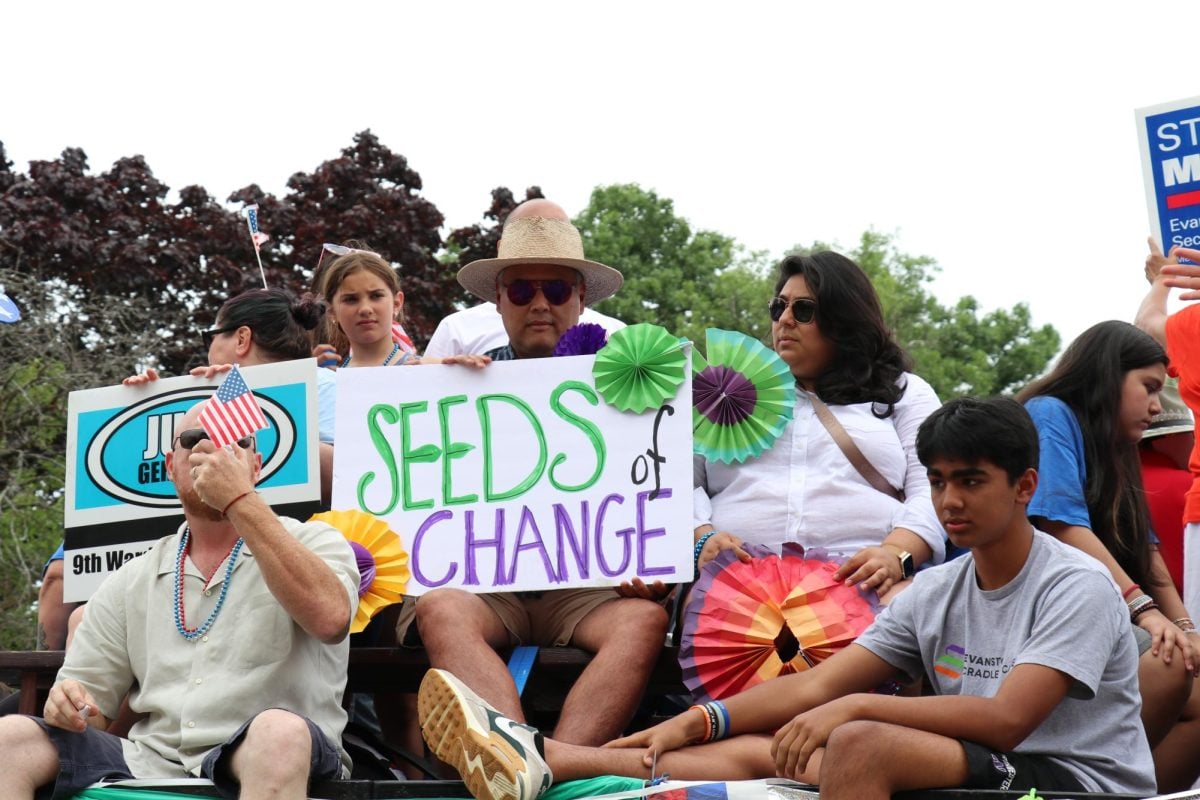A team of students from the Northwestern School of Law got a chance to put their skills to the test last month when they helped win a landmark case before the U.S. Supreme Court, the major victory for the Law School’s Supreme Court Clinic.
The 12 students, part of a practicum that allows law students to work on pending Supreme Court cases, prepared a brief for the case, Gall v. United States, and presented a “moot court,” or mock oral argument, to prepare Prof. Jeffrey Green to argue the case in Washington, D.C.
The case’s decision gives federal judges more leeway when sentencing, allowing them to sentence defendants as they see fit – even if it means contradicting federal guidelines.
“It’s fair to say that this is truly NU’s case,” Green said. “The students wrote the (certiorari) petition and drafted the bulk of the reply brief.”
A certiorari petition asks Supreme Court justices to review a lower court’s decision. Each year, the Supreme Court grants between 1 and 2 percent of the approximately 7,500 petitions it receives.
Charles Donefer, a third-year law student, worked to prepare a section of the practicum’s response brief on behalf of defendant Brian Michael Gall, a reformed college drug dealer.
“This is my first real experience doing sophisticated, consequential legal work,” Donefer said. “As a young lawyer, I certainly won’t be able to get the opportunity to do this again in the near future … The opportunity to be in this practicum is certainly unique.”
Green, a partner in the Washington office of Sidley Austin LLP, argued the case before the court in October, and the court delivered its 7-2 decision Dec. 10, in favor of Gall.
The court’s opinion, which reversed the findings of the 8th Circuit Court of Appeals, held that trial judges can use discretion in handing down sentences below federal guidelines based on extenuating circumstances.
Gall, the defendant, began distributing ecstasy while a sophomore at the University of Iowa in 2000, but stopped selling drugs after several months. When he graduated two years later, Gall moved to Arizona and started a successful construction business.
In 2005, he was indicted and placed on three years of probation after pleading guilty to conspiracy to distribute ecstasy, a sentence substantially less severe than the suggested punishment of 30 to 37 months in prison.
The trial court justified this departure from the sentencing guidelines because Gall had reformed and voluntarily left the drug ring several years before federal agents began their investigation.
However, the appellate court rejected this argument, citing that an “extraordinary” departure from the guidelines required “extraordinary” justification.
The students worked with Green and School of Law Prof. Sarah Schrup, director of the Bluhm Legal Clinic’s Appellate Advocacy Program, to prepare for the case.
“It’s a case that is giving some level of discretion back to the sentencing judges,” Schrup said. “In essence, it reaffirmed (the idea) that guidelines are just that.”
Although this is the first of the clinic’s cases to reach the Supreme Court, the students have also worked to prepare petitions and briefs for other cases as part of the clinic’s work.
Last term, the court heard arguments in a related case, United States v. Claiborne. However, the court was forced to drop the case when the plaintiff, Mario Claiborne, was shot and killed during a car chase in May 2007.
With the assistance of the students in the clinic, the Gall case allowed the Supreme Court to replace Claiborne on the docket, and permitted the court to address many of the same questions regarding sentencing disparities.
Reach Stephen Blackman at
















